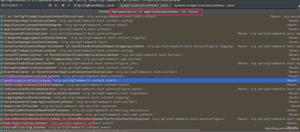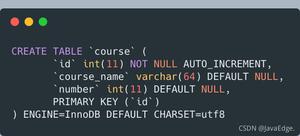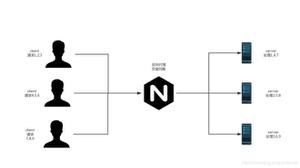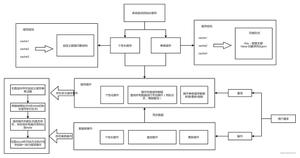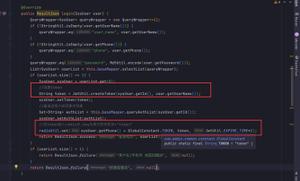Spring_3.1
本文内容纲要:Spring_3.1
出处:http://www.cnblogs.com/JsonShare
Spring学习(11)---JSR-250标准注解之 @Resource、@PostConstruct、@PreDestroy
1)@Resource(JSR-250标准注解,推荐使用它来代替Spring专有的@Autowired注解)
Spring 不但支持自己定义的@Autowired注解,还支持几个由JSR-250规范定义的注解,它们分别是@Resource、@PostConstruct以及@PreDestroy。
@Resource的作用相当于@Autowired,只不过@Autowired按byType自动注入,而@Resource默认按 byName自动注入罢了。@Resource有两个属性是比较重要的,分别是name和type,Spring将@Resource注解的name属性解析为bean的名字,而type属性则解析为bean的类型。所以如果使用name属性,则使用byName的自动注入策略,而使用type属性时则使用byType自动注入策略。如果既不指定name也不指定type属性,这时将通过反射机制使用byName自动注入策略。
@Resource装配顺序
如果同时指定了name和type,则从Spring上下文中找到唯一匹配的bean进行装配,找不到则抛出异常
如果指定了name,则从上下文中查找名称(id)匹配的bean进行装配,找不到则抛出异常
如果指定了type,则从上下文中找到类型匹配的唯一bean进行装配,找不到或者找到多个,都会抛出异常
如果既没有指定name,又没有指定type,则自动按照byName方式进行装配(见2);如果没有匹配,则回退为一个原始类型(InjectionDAO)进行匹配,如果匹配则自动装配;
2)@PostConstruct 、@PreDestroy
JSR-250 为初始化之后/销毁之前方法的指定定义了两个注释类,分别是 @PostConstruct 和 @PreDestroy,这两个注释只能应用于方法上。标注了 @PostConstruct 注释的方法将在类实例化后调用,而标注了 @PreDestroy 的方法将在类销毁之前调用。
使用@PostConstruct 和@PreDestroy 注释可以指定多个初始化 / 销毁方法,那些被标注@PostConstruct 或 @PreDestroy 注释的方法都会在初始化 / 销毁时被执行。
1
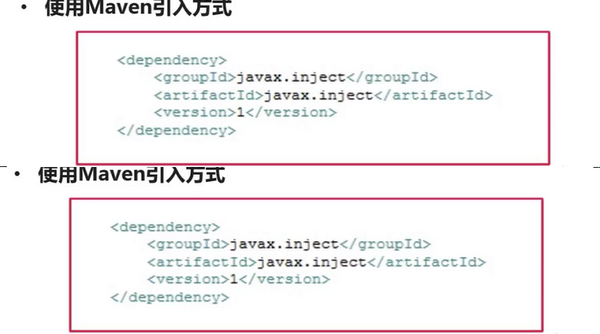
2
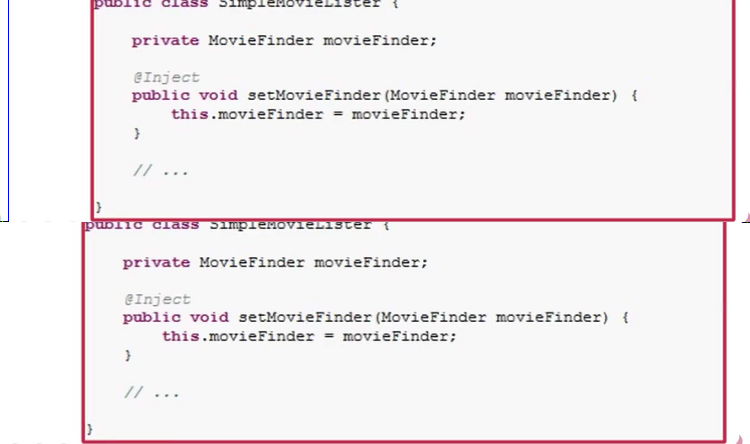
3
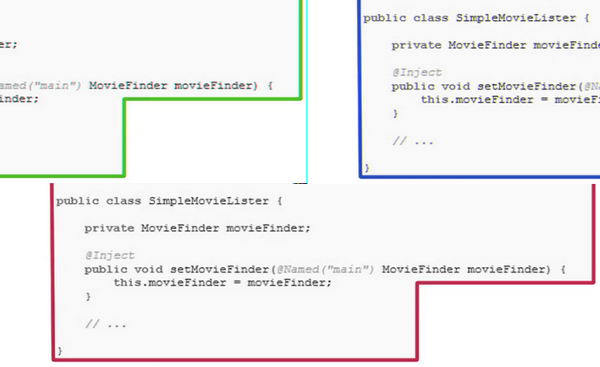
4
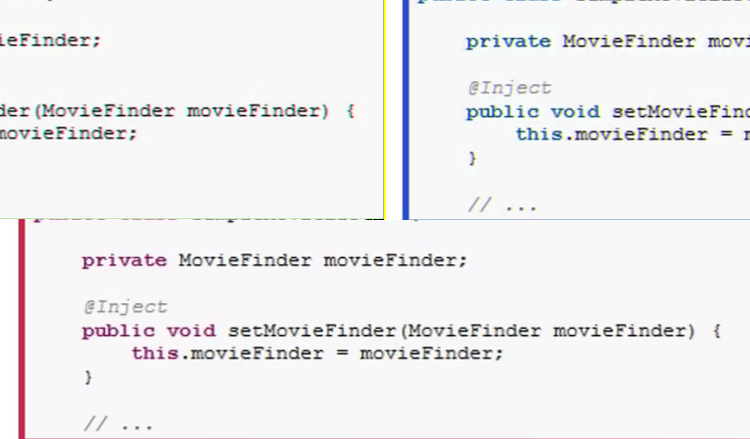
?
1 2 3 4 5 6 7 8 9 10 11 12 13 14 15 16 17 18 19 20 21 |
|
实例:
定义两个类JsrDAO、JsrService
?
1 2 3 4 5 6 7 8 9 10 11 |
|
?
1 2 3 4 5 6 7 8 9 10 11 12 13 14 15 16 17 18 19 20 21 22 23 24 25 26 27 28 |
// @Resource方式1
|
XML配置:
?
1 2 3 4 5 6 7 8 9 10 11 12 |
|
单元测试:
?
1 2 3 4 5 6 7 8 9 10 11 12 13 14 15 16 17 18 19 20 |
|
结果:

2015-7-7 13:05:43 org.springframework.context.support.ClassPathXmlApplicationContext prepareRefresh信息: Refreshing org.springframework.context.support.ClassPathXmlApplicationContext@4ed1e89e: startup date [Tue Jul 07 13:05:43 CST 2015]; root of context hierarchy
2015-7-7 13:05:43 org.springframework.beans.factory.xml.XmlBeanDefinitionReader loadBeanDefinitions
信息: Loading XML bean definitions from class path resource [spring-beanannotation.xml]
JsrService init.
2015-7-7 13:05:44 org.springframework.context.support.ClassPathXmlApplicationContext doClose
信息: Closing org.springframework.context.support.ClassPathXmlApplicationContext@4ed1e89e: startup date [Tue Jul 07 13:05:43 CST 2015]; root of context hierarchy
操作数据库保存数据:data
JsrService destory.

Spring学习(12)--- @Autowired与@Resource 对比
Spring不但支持自己定义的@Autowired注解,还支持由JSR-250规范定义的几个注解,如:@Resource、 @PostConstruct及@PreDestroy。
- @Autowired
@Autowired是Spring 提供的,需导入Package: org.springframework.beans.factory.annotation.Autowired;
只按照byType 注入。
- @Resource
@Resource默认按 byName 自动注入,是J2EE提供的, 需导入Package: javax.annotation.Resource;
@Resource有两个中重要的属性:name和type ,而Spring将@Resource注解的name属性解析为bean的名字,而type属性则解析为bean的类型。所以如果使用name属性,则使用byName的自动注入策略,而使用type属性时则使用 byType自动注入策略。如果既不指定name也不指定type属性,这时将通过反射机制使用byName自动注入策略。
@Resource装配顺序
(1) 如果同时指定了name和type,则从Spring上下文中找到唯一匹配的bean进行装配,找不到则抛出异常;
(2) 如果指定了name,则从上下文中查找名称(id)匹配的bean进行装配,找不到则抛出异常;
(3) 如果指定了type,则从上下文中找到类型匹配的唯一bean进行装配,找不到或者找到多个,都会抛出异常;
(4) 如果既没有指定name,又没有指定type,则自动按照byName方式进行装配;如果没有匹配,则回退为一个原始类型进行匹配,如果匹配则自动装配;
@Resource的作用相当于@Autowired,只不过@Autowired按byType自动注入。
- 使用区别
?
1 2 3 4 5 6 |
|
(1) @Autowired 与@Resource都可以用来装配bean. 都可以写在字段上,或写在setter方法上;
(2) @Autowired 默认按类型装配,默认情况下必须要求依赖对象必须存在,如果要允许null值,可以设置它的required属性为false,如:@Autowired(required=false).如果我们想使用名称装配可以结合 @Qualifier注解进行使用;
(3) @Resource(这个注解属于J2EE的),默认安装名称进行装配,名称可以通过name属性进行指定,如果没有指定name属性,当注解写在字段上时,默认取字段名进行安装名称查找,如果注解写在setter方法上默认取属性名进行装配。当找不到与名称匹配的bean时才按照类型进行装配。但是需要注意的是,如果name属性一旦指定,就只会按照名称进行装配。
推荐使用@Resource注解在字段上,这样就不用写setter方法了.并且这个注解是属于J2EE的,减少了与Spring的耦合,这样代码看起就比较优雅 。
另外,通过实践,还总结出一条规律:
如果将@requied或者@autowired写了set方法之上,则程序会走到set方法内部。
但如果写在了field之上,则不会进入set方法当中。
本文内容总结:Spring_3.1
原文链接:https://www.cnblogs.com/charles999/p/6644174.html
以上是 Spring_3.1 的全部内容, 来源链接: utcz.com/z/296441.html

